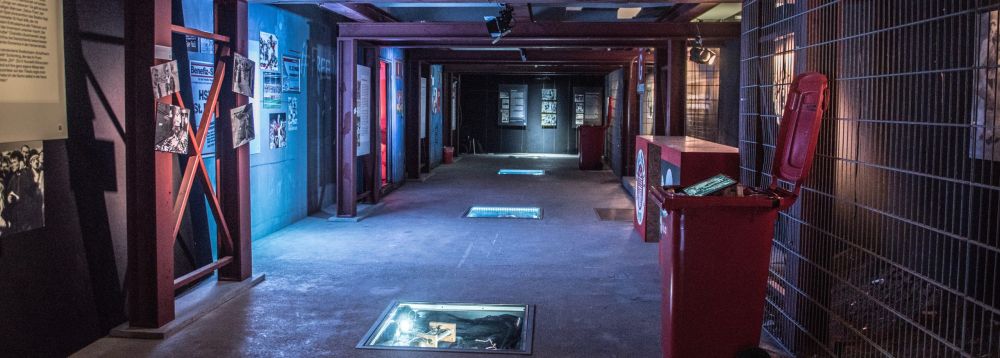

Located in the heart of one of Hamburg's most vibrant and culturally rich districts, the Pauli Museum offers a unique look into the area's diverse history. This museum is dedicated to preserving the historical narratives and cultural heritage that have shaped the St. Pauli district, known for its nightlife and the famous Reeperbahn. The St. Pauli Museum is not only a haven for history enthusiasts but also a beacon for those interested in social and urban development.
The Pauli Museum has not always been at the center of Hamburg's tourism map. It gained traction as a significant tourist attraction as the interest in the bohemian and maritime history of Hamburg grew. Initially, visitors came to St. Pauli for its entertainment options, but gradually, the desire to understand the cultural and historical context of the area spurred the establishment of the museum.
Starting from the early 20th century, Hamburg began to evolve into a vital tourist destination. However, it was post-World War II that St. Pauli with its rebellious character, started to draw curiosity. During the 1960s and 1970s, it gained fame with the rise of the beat music scene, significantly propelled by the fact that The Beatles started their career in one of its clubs.
In recent years, tourism has grown thanks to the area’s rich history and nightlife. The Pauli Museum capitalizes on this, offering visitors an insightful, comprehensive experience into St. Pauli's past – from its time as a small fishing village to its development into a bustling urban district.
Today, the Pauli Museum embraces the latest in tourism trends by offering interactive exhibits, guided tours, and special events that deeply engage visitors. Virtual reality experiences and creative use of multimedia have been integrated to bring historict events and stories to life, allowing visitors to immerse themselves in St. Pauli's past in a compelling and modern way.
Furthermore, there has been an increased interest in sustainable tourism. The museum encourages this by focusing on local history and culture and by providing support to local businesses and communities. It often hosts exhibitions and events that stimulate discussions on social issues relevant to the district, which resonate well with tourists seeking more sustainable and enriching travel experiences.
Experience-based tourism is another trend the museum aligns with. By offering hands-on workshops, community-based projects, and walking tours around St. Pauli, it ensures that guests are not just passive observers but active participants in the ongoing cultural narrative of this unique neighborhood.
In conclusion, the Pauli Museum represents a blend of Hamburg's rich history, dynamic present, and potential future. As tourism evolves, the museum continues to adapt, providing an essential link between the travelers' experience and the heartbeat of St. Pauli.
For an unforgettable journey into the soul of Hamburg's most iconic district, include the Pauli Museum in your itinerary. Discover the stories, indulge in the culture, and be part of the living history that shapes the identity of St. Pauli.